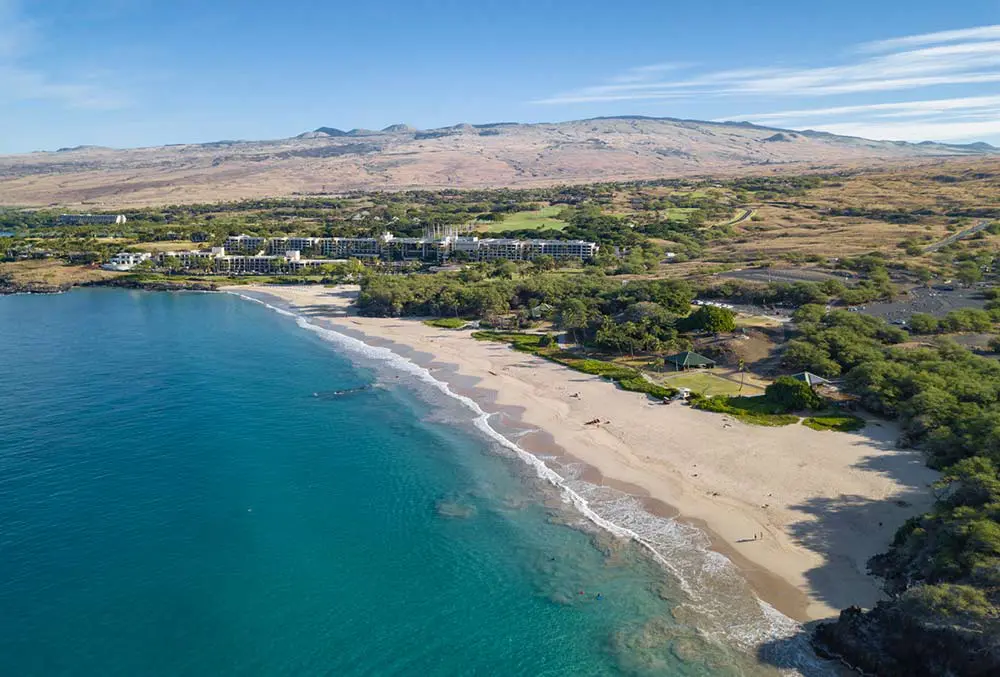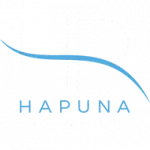Oct 30, 2020
ʻOlelo Hawaiʻi, the Hawaiian Language

As Hawai‘i begins welcoming people back to the islands, the Hawai‘i Visitors & Convention Bureau (HVCB) and other organizations are working hard to “grow” Hawai‘i as a more interactive, more personal, destination. The vision is a place in which visitors, part-time residents and kama‘āina (Hawaiʻi residents) are urged to to learn, to make connections, to get into nature, and to “walk the walk,” giving back where we can. One way to get started is with language.
There’s no Hawaiian word for COVID, or for pandemic. There is a word for “plague” – ahulau, which according to Wehewehe.org can mean pestilence or epidemic. It can also mean “heaped up,” from ahu (pile) and lau (numerous), to refer to many victims.
However ahu can also mean “altar” and lau can also mean “leaves.” In a way, it’s a perfect example of the poetry of Hawaiian language, of applying metaphors from nature to describe what’s happening in life. With respect to those lost lives, it is poetic, and somewhat comforting, to compare them to an altar of leaves that drifts away in the wind, returning to the earth to be renewed and returned.
Not too many people today are fluent in ‘Ōlelo Hawai‘i. However, the language is everywhere. As you fly into the airport, you’re likely to hear a welcome message in Hawaiian and flight attendants will all say aloha; your rental car is probably tuned to a Hawaiian music station. The more you listen, the more the music of the language filters in along with the sights and scents and sensory feels of Hawai‘i Island.
Folks who take the time to learn a few words find a deeper, richer experience. They also find that people who live here are generally happy to help you pronounce words and understand meanings. And they are so grateful not to hear things like “I’m looking for the beach at Annahoomalooma Bay.” Names have meanings, and they are important to all of us.
Where do I begin?
One fairly easy way, is to start with place names. Our company is Hapuna Realty. Hapuna is the traditional, generations-old name of the beach, the bay, and the region where many of our properties exist. Hapuna can be translated several ways, one of which is ha (breath) plus puna (spring), or, metaphorically, “spring of life.” We know there are freshwater springs underneath the seawater along the shore. We also know that Hapuna was a place where ancient travelers (by canoe or on foot) would stop and rest on the long, blistering journey between the great temple at Kawaihae and the king’s residence in Kona.
Our street names and community names within the resort have Hawaiian names and meanings, and were chosen in a mindful way. Wherever your home is located, its address contains Hawaiian words, and we encourage you to look them up, learn to pronounce them, and enjoy saying them!
But how?
There’s no doubt that pronunciation can be intimidating to the uninitiated. All those vowels. All those words that start with K. All those syllables. To that, we say relax. You’re in Hawai‘i. Slow down, take another look. The basic rules are pretty simple.
Every word ends in a vowel.
Every syllable ends in a vowel.
The vowels are always pronounced the same way.
A = ah. Hapuna = Hah-poo-nah
E = eh, as in men or “meh.” Kah-meh-ha-meh-hah.
I = ee as in Bee. Wiki = Wee-kee
O = oh. Honolulu = Hoh-noh-loo-loo
U = oo as in Boo. Pupu = Poo-poo.
Whenever two vowels are together in a syllable, they are “glided” together. For example, Our sister property next door is Mauna Kea Resort (Maoo-nah Kay-ah).
The only other thing you need to know is the okina (‘). When you see that between syllables, it’s like a stop sign; you don’t glide the vowels together. Imagine a mother saying “ah-ah-ah” to her kids to mean “no.” Back at the Airport, maybe you saw the sign for Queen Ka‘ahumanu (Kah-ah-hoo-mah-noo) Highway. When you drive around the island, you might visit Honoka‘a (Hoh-noh-kah-ah) on the east side and Miloli‘i (Mee-loh-lee-ee) on the west.
Hawai‘i Visitors and Convention Bureau (HVCB) has compiled a list of everyday words and phrases, including audio clips and translations. More ambitious learners can check out the free app, Drops for game-style vocabulary, or Duolingo, which has recently added Hawaiian to its language courses.
An’ den?
Oh yes, Pidgin. Pidgin is a kind of patois, or “chop suey” language that developed as waves of immigrants came to work on the sugarcane plantations. It contains bits and pieces of Hawaiian, Japanese, Chinese, Portuguese, English, and other words all tossed together. It’s fascinating, and it can be confusing, and the first thing to know is that nobody is insulting you when you hear them speaking Pidgin. Just like nobody is insulting you when a younger person calls you “Uncle” or “Aunty.” (And no, we don’t reply with “Niece” or “Nephew.” 🙂
Here are a few Pidgin words you might hear.
Howzit? How’s it going?
Da kine. The kind (of thing), like “thingamajig.”
Kow kow. Eat. It’s either a Chinese word, or part of the Hawaiian word for table, “pākaukau.”
Pau. Finished. This actually IS a Hawaiian word.
Shoots. Sure. OK.
Grind. Really dig in to some good grinds (great food).
There’s lots more in this recent issue of Hawai’i Magazine.




